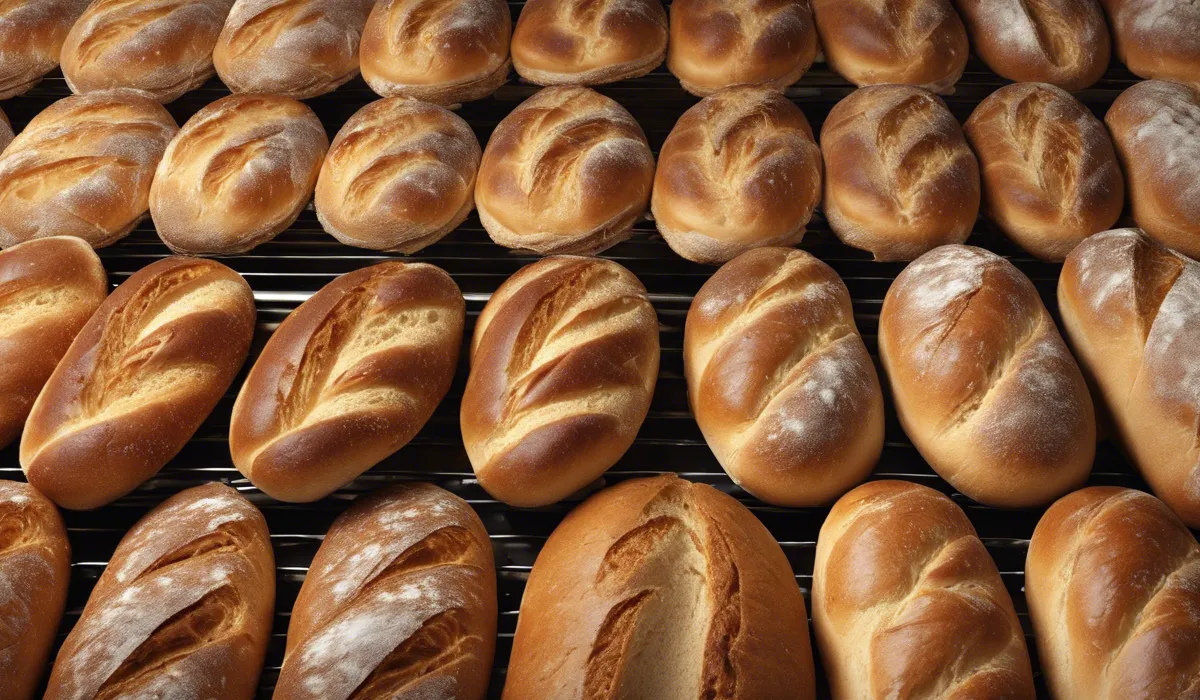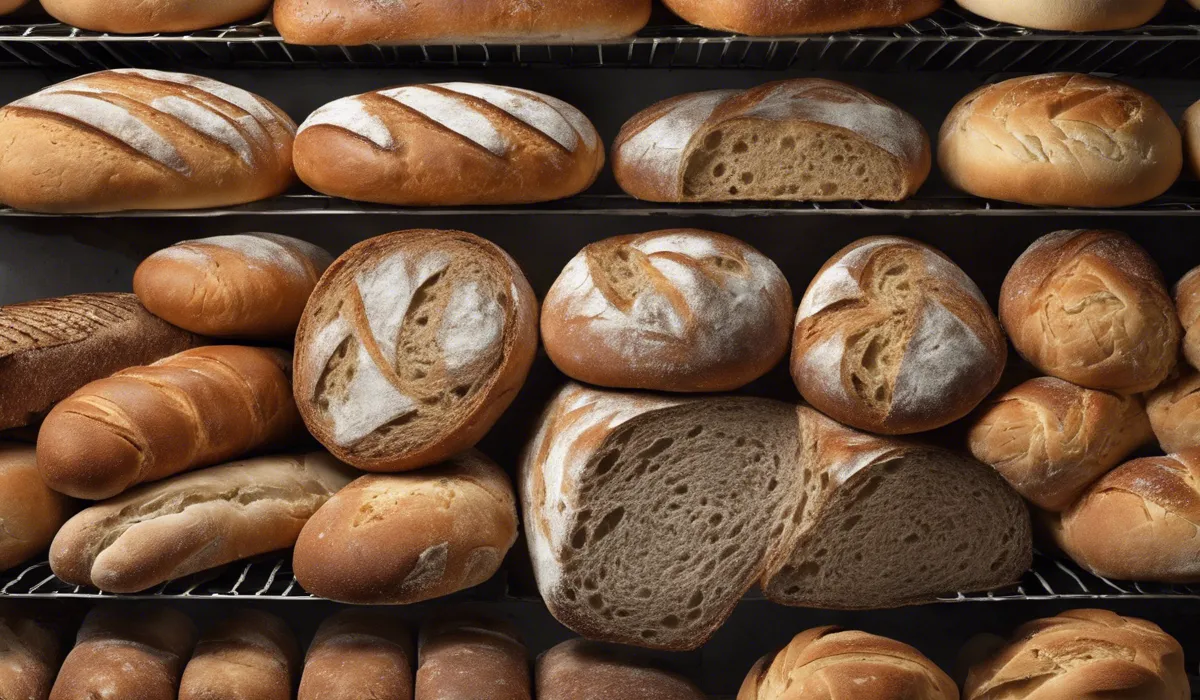Yes, refrigerating bread can prevent mold growth by slowing down spoilage. Mold thrives in warm, moist environments, so cooler temperatures hinder its development. However, refrigeration may also dry out bread; it’s a trade-off between freshness and shelf-life.
Science Behind Mold Growth and Refrigeration

Understanding Mold on Bread
Mold is a type of fungus that can grow on various surfaces, including bread. It appears as fuzzy spots that can be green, white, or black.
The most common types of mold found on bread are Penicillium, Aspergillus, and Rhizopus. These molds can cause spoilage and sometimes produce harmful toxins.
What Mold Needs to Grow?
Mold thrives in environments where there is warmth, moisture, and a food source. Bread provides the perfect combination of these elements, with its high nutrient content and often moist interior.
These conditions allow mold spores, which are always present in the air, to settle and grow on the bread’s surface.
Temperature’s Influence on Mold
The temperature is a critical factor in mold development. Mold grows best at temperatures between 77°F and 86°F (25°C and 30°C), which are typical of many household environments.
However, when temperatures drop below this range, mold growth significantly slows down.
Refrigeration’s Impact on Mold Growth
Refrigeration alters the conditions that mold needs to grow by providing a cold environment.
This does not kill mold spores but rather inhibits their ability to multiply. By keeping bread at temperatures below 40°F (4°C), refrigeration can reduce the rate of mold growth.
Refrigeration vs. Room Temperature for Mold Prevention
When comparing refrigeration to room temperature for storing bread, refrigeration has a clear advantage in preventing mold.
Bread stored at room temperature can develop mold in a matter of days, while refrigerated bread can stay mold-free for much longer.
Pros and Cons of Refrigerating Bread

Pros of Refrigerating Bread
Refrigerating bread can extend its shelf life by slowing down the growth of mold. This is particularly beneficial for individuals who do not consume bread quickly and wish to prevent waste.
The cooler temperatures in the fridge can keep bread mold-free for a more extended period compared to leaving it out at room temperature.
Cons of Refrigerating Bread
However, there are downsides to refrigerating bread. The dry air inside the refrigerator can cause bread to lose moisture, leading to a stale texture.
Furthermore, the cold can alter the bread’s taste and cause it to become less enjoyable. There is also a risk of condensation forming inside the packaging, which can create a moist environment conducive to mold.
Best Practices for Storing Bread to Prevent Mold

Alternatives to Refrigeration
For those who prefer not to refrigerate, there are alternative storage methods to keep bread fresh.
Using a bread bin or cotton bag can protect bread from the air while still allowing it to breathe, preventing mold. Freezing bread is another excellent option for long-term storage, as it stops mold growth entirely.
Tips for Refrigerating Bread
When refrigeration is necessary, certain practices can help maintain the quality of bread. Sealing bread in an airtight container or plastic bag can minimize moisture loss and condensation.
It is also essential to keep an eye on the bread’s condition and consume it before it begins to spoil, even in the fridge.
Storing Different Types of Bread
Different types of bread may require various storage methods. For example, preservative-free or whole-grain breads, which may spoil faster, benefit from refrigeration more than others.
Understanding the specific needs of each bread type can help you choose the best storage method to prevent mold and maintain freshness.
FAQs About Refrigerating Bread to Prevent Mold
Does refrigerating bread really prevent mold?
Yes, refrigerating bread can prevent mold by slowing down the bread’s spoilage process, as mold does not grow as readily in cooler temperatures.
How does the refrigerator affect mold growth on bread?
The refrigerator provides a cold environment that hinders mold growth, which thrives in warm and moist conditions.
Will refrigerating bread keep it fresh longer?
Refrigerating bread can extend its shelf-life by reducing mold growth, but it may not maintain the bread’s original freshness due to possible drying out.
Is it better to refrigerate bread or keep it at room temperature?
It’s a trade-off: refrigeration reduces mold but may dry out bread, while room temperature retains freshness but may lead to quicker mold growth. The choice depends on how quickly you will consume the bread.
What is the best way to store bread to prevent mold?
The best way to store bread to prevent mold is by keeping it in a cool, dry place and consuming it within its shelf-life. For longer storage, bread can be refrigerated or frozen to significantly slow mold growth.
Final Thoughts
Refrigerating bread can indeed inhibit mold growth by keeping the environment less hospitable to spores.
The cold temperature retards spoilage, but the downside is potential dryness, impacting the bread’s texture and taste. Therefore, while refrigeration extends the bread’s shelf-life, it may compromise its freshness.
